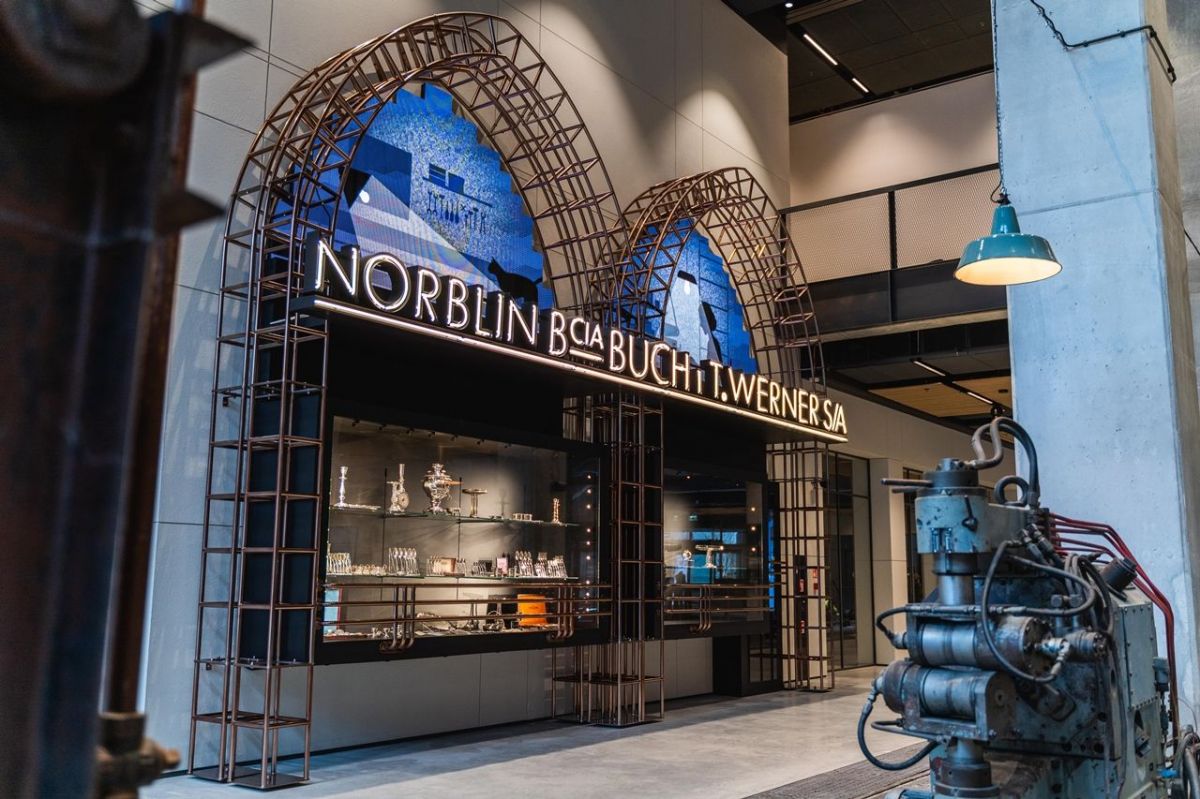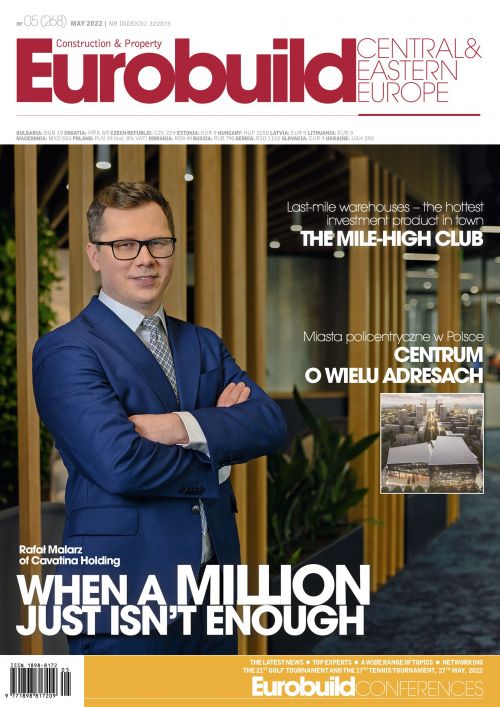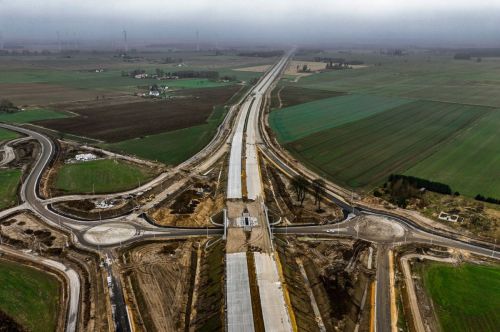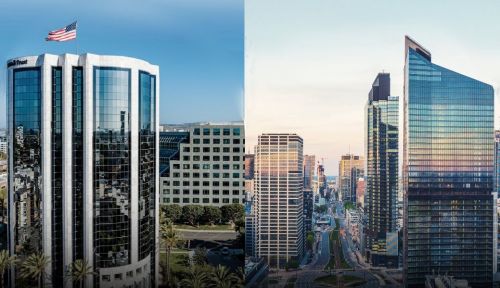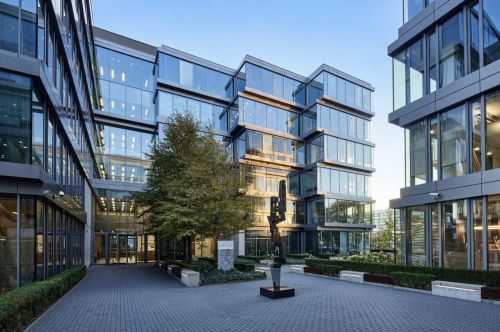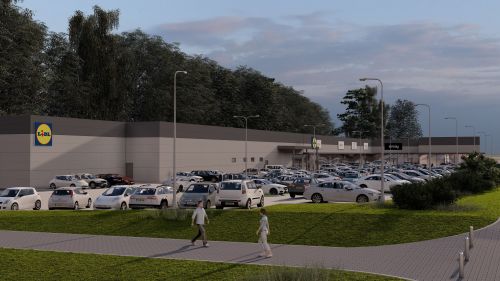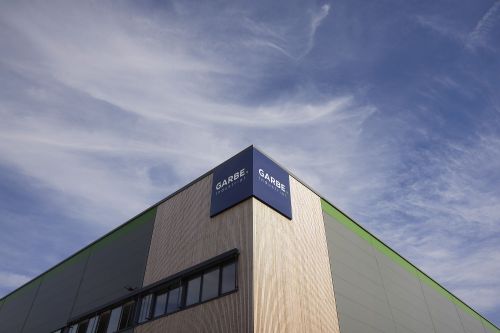Cities are inclined to support mixed-use projects that, instead of concentrating offices, industry or retail in one place, combine a number of functions together. This is certainly the case when it comes to the growing popularity of the short distances concept, the idea behind which is to reduce the need to travel by locating a wide range of services and entertainment available in the same place. One of the most complex projects of this type is Norblin Factory in Warsaw, which falls into the same category of such other similar developments as Monopolis in Łódź as well as the Koneser centre and Elektrownia Powiśle (both in Warsaw). The complexity of its character is due not only to the varied mix of functions that it offers Warsaw’s residents today, but also the obvious historical nature of the redevelopment project.
The age of metal
The metal-plating plant on ul. Żelazna in Warsaw’s Wola district was originally founded in the first half of the 19th century as the
